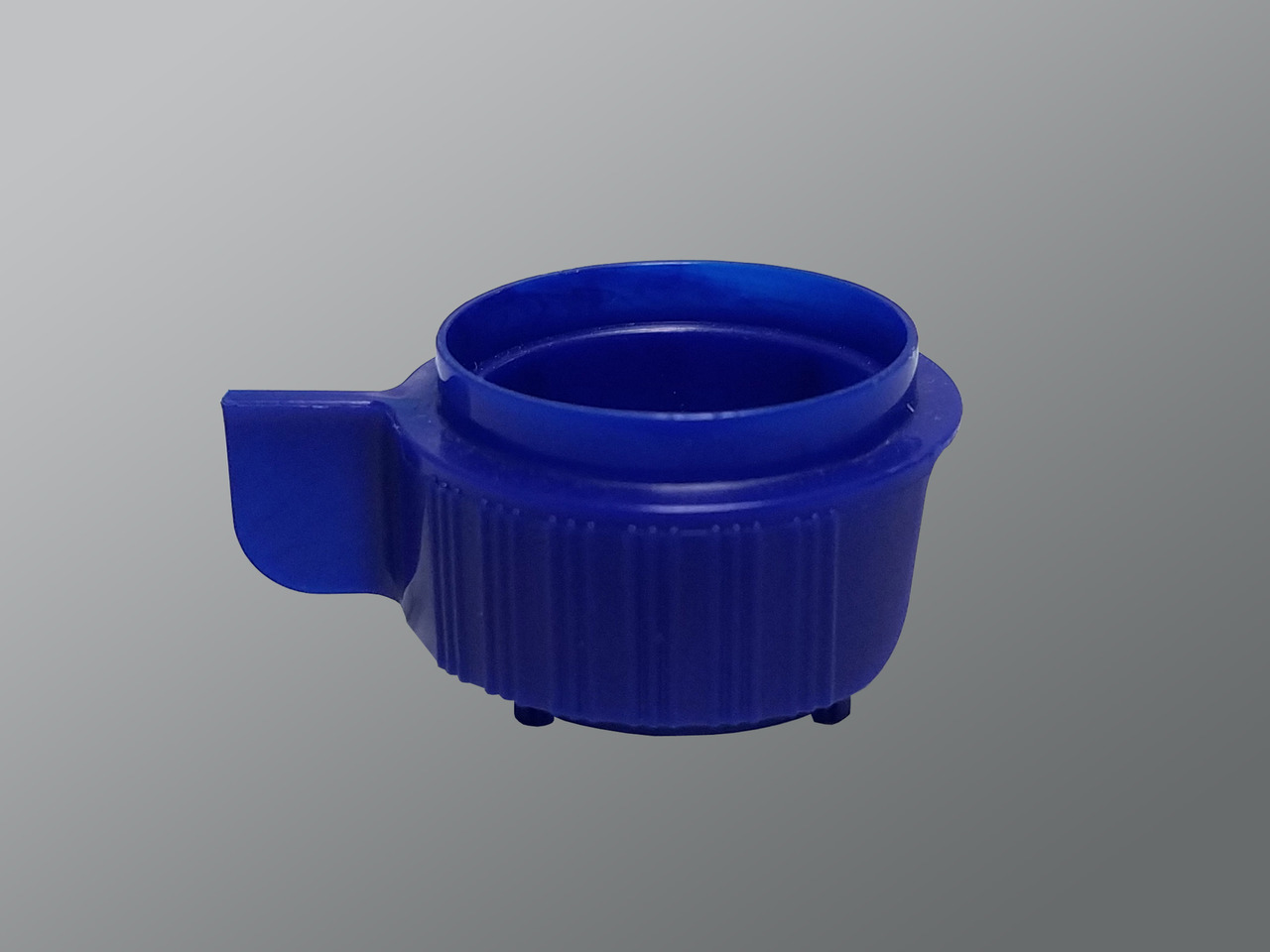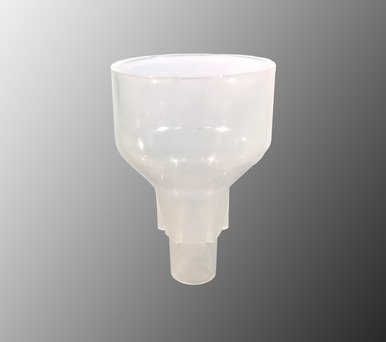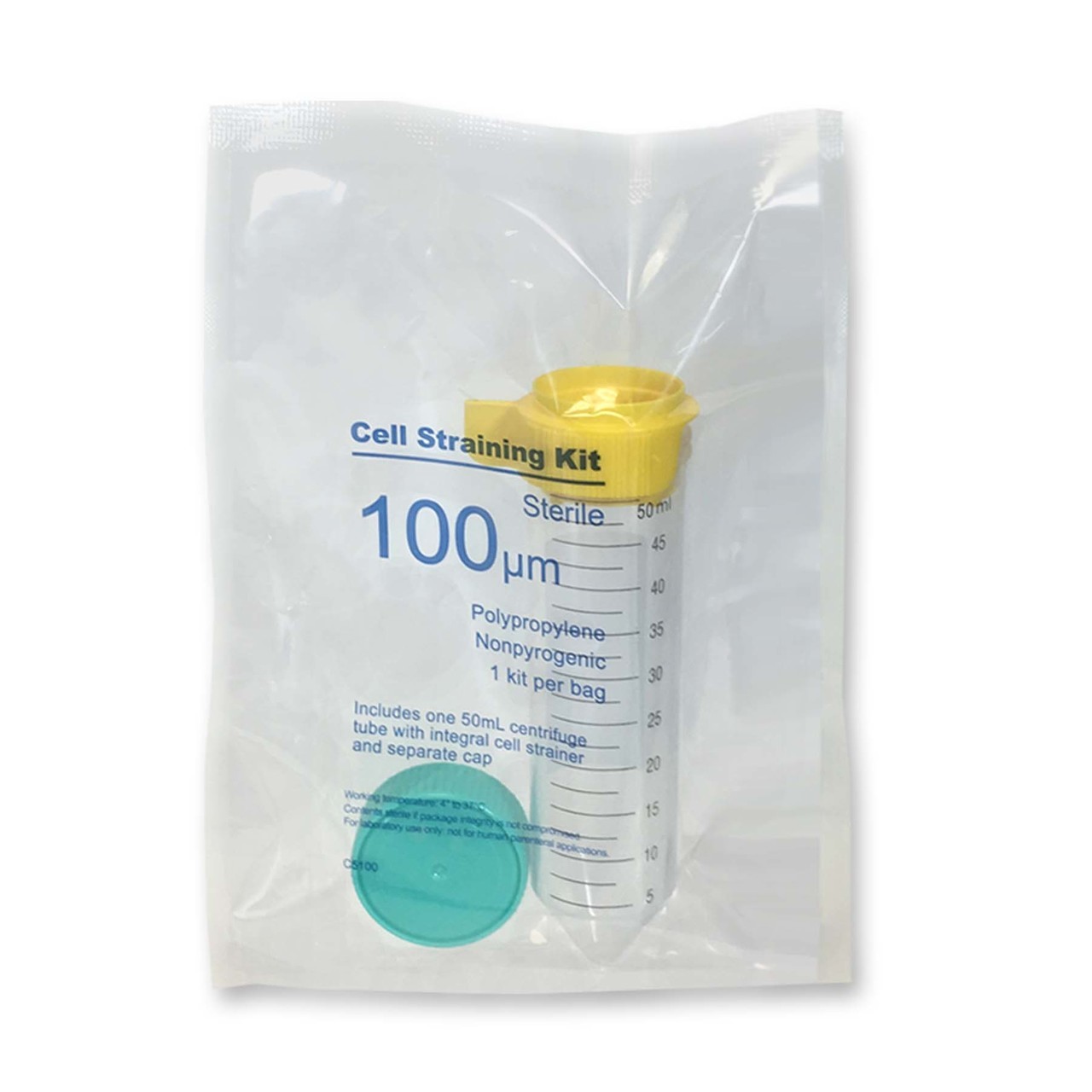Flow cytometry simultaneously analyzes a cell in many ways. The features analyzed can include cell size and number, plus molecular markers and other characteristics. Some instruments can analyze a couple dozen or more parameters of a cell. What’s more, 10,000 or more cells can be analyzed every second. So, flow cytometry provides high-content and high-speed results.
For an overview of flow cytometry, watch this great introduction by Malte Paulsen of EMBL. In describing flow cytometry, Paulsen says, “It is one of the principle methods in biomedical research.”
Despite more than 50 years of use in biological and clinical applications, scientists keep creating new ways to use flow cytometry. For a few examples, see the flow cytometry page at Nature.com.
Beyond new methods of applying flow cytometry, scientists keep attacking more questions with this technology. In 2018 in Laboratory Investigation, for example, Alexandar Tzankov of the University Hospital Basel and his colleagues described using fluorescence-assisted flow sorting (FACS)—a method derived from flow cytometry—to analyze formalin-fixed, paraffin-embedded (FFPE) tissue to identify specific cells—malignant Hodgkin- and Reed-Sternberg cells (HRSC)—related to classical Hodgkin lymphoma (cHL).
The scientists concluded: “Our work opens the door to a large resource of archived clinical cHL samples and lays foundation to more complex studies aimed to answer important biological and clinical questions that are critical to improve cHL management.”
And that’s just a tiny bit of what can be done with flow cytometry and FACs. Like many approaches to modern cellular studies, these methods depend on using the right technology.
Products for prepping
Beyond a flow-cytometry platform, a scientist needs a range of supplies to use this technique. So, we maintain a variety of products, especially FACS tubes and SWiSH cell strainers.
For FACS analysis, scientists dissociate cells before studying the samples. The dissociated cells go in a FACs tube. For example, we carry sterile polystyrene FACs tubes that hold up to 5 milliliters in sterile and non-sterile versions, all of which work with a variety of FACs platforms.

To get the single-cell suspensions needed to accurately analyze cells with flow cytometry, scientists prepare samples with a cell strainer. For example, we carry SWiSH cells strainers in various filtration levels: 40, 70 and 100 microns. For serial straining, just stack these strainers as needed.
We even carry an adapter to make it easy to strain cells directly into a FACS tube.


In some cases, it’s especially convenient to get a combined cell strainer and FACS tube. For that, we offer the Flow Factory Cell Strainer all-in-one kit, also in 40, 70 and 100 micron filtration sizes.

With these FACS tubes and SWiSH cell strainers, scientists can run more samples at a lower cost.
With high-throughput being one of flow cytometry’s key features, it pays to keep up the quality of the steps while holding down the cost where possible. Our tools let scientist do both.


